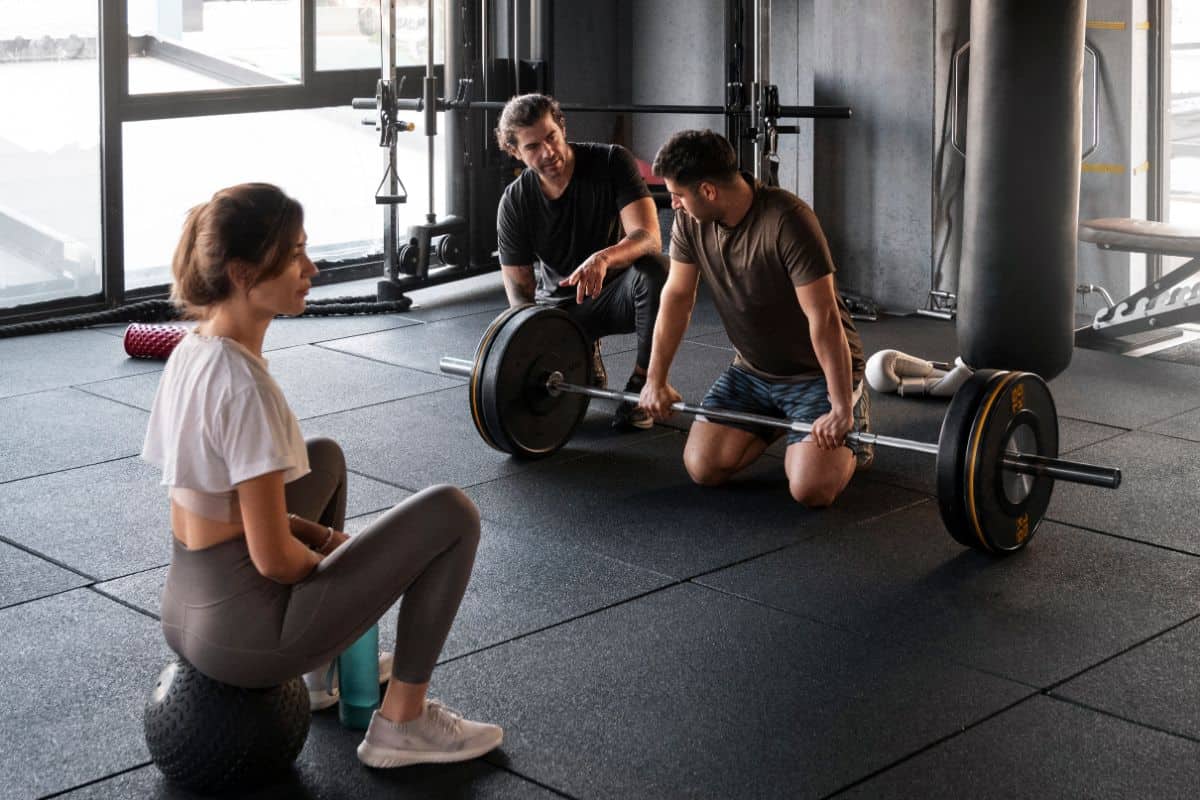Functional vs Traditional Strength: Which Approach Is Best for You?
Functional vs Traditional Strength is vital in improving overall fitness, enhancing muscle strength, and boosting physical performance. However, the debate between Functional vs Traditional Strength often leaves fitness enthusiasts wondering which is the better approach. This guide explores both methods to help you decide what works best for your fitness goals.
What Is Functional Strength Training?
Functional vs Traditional Strength focuses on exercises that mimic everyday movements, improving balance, coordination, and stability.It is aimed at improving your ability to perform everyday activities with ease.
Benefits of Functional Strength Training
- Improves balance and posture.
- Strengthens multiple muscle groups simultaneously.
- Reduces the risk of injuries by enhancing core stability.
- Suitable for people of all fitness levels.
- Mimics real-life movements, aiding in daily activities.
Popular Functional Strength Training Exercises
- Squats and lunges.
- Kettlebell swings.
- Medicine ball throws.
- TRX suspension training.
- Plank variations.
What Is Traditional Strength Training?
Traditional strength training involves isolated exercises targeting specific muscle groups using machines, free weights, or resistance bands. It aims to increase muscle mass and boost overall strength.
Benefits of Traditional Strength Training
- Increases muscle size and definition.
- Strengthens individual muscle groups.
- Enhances bone density and joint health.
- Ideal for bodybuilding and weightlifting enthusiasts.
- Helps in overcoming muscle imbalances.
Popular Traditional Strength Training Exercises
- Bench presses.
- Bicep curls.
- Deadlifts.
- Leg presses.
- Shoulder presses.
Main Differences Between Functional vs Traditional Strength
The key difference between functional vs traditional strength lies in their focus: functional training improves real-life movement and stability, while traditional training isolates specific muscles to build strength and muscle mass. Functional training uses dynamic, multi-joint exercises, while traditional training often relies on isolated exercises targeting individual muscle groups.
Focus
- Functional Training: Improves overall movement and functional abilities.
- Traditional Training: Focuses on isolating and strengthening specific muscles.
Equipment
- Functional Training: Often uses kettlebells, resistance bands, and body weight.
- Traditional Training: Typically involves gym machines, barbells, and dumbbells.
Goals
- Functional Training: Enhances daily life performance and overall fitness.
- Traditional Training: Builds muscle mass and strength.
Which Should You Choose?
The decision between Functional vs Traditional Strength depends on your fitness goals:
- Opt for functional strength training to improve everyday movement, prevent injuries, or enhance sports performance.
- Choose traditional strength training if your focus is on muscle building, toning, or improving athletic power.
Combining Functional vs Traditional Strength
For optimal results, consider blending both types of training into your workout routine. This combination ensures a balanced fitness regimen that targets overall strength, stability, and muscle growth.
Sample Workout Plan
- Day 1: Traditional strength training (e.g., deadlifts, bench presses).
- Day 2: Functional strength training (e.g., kettlebell swings, planks).
- Day 3: Rest or light cardio. Day 4: Repeat the cycle.
Conclusion
Whether you choose functional or traditional strength, both methods offer unique benefits. Align your workout with your fitness objectives, and don’t hesitate to mix the two approaches for a versatile and effective training plan.
By understanding the key differences and advantages, you’ll be better equipped to decide: functional vs traditional strength—which is best for you?
Frequently Asked Questions(FAQs)
What is the main difference between Functional vs Traditional Strength?
Functional strength training improves real-life movements and overall body stability, while traditional strength training focuses on isolating specific muscle groups to build strength and muscle mass.
Can I combine Functional vs Traditional Strength in my workout?
Yes, combining both types of training can provide a well-rounded approach, targeting both muscle growth and improving functional movement for daily tasks or athletic performance.
Which is better for building muscle mass: Functional vs Traditional Strength?
Traditional strength training is better suited for building muscle mass as it isolates specific muscles, helping to target and strengthen them more effectively.
Is functional strength training suitable for beginners?
Yes, functional strength training is ideal for beginners as it focuses on basic, natural movements that improve strength, coordination, and balance.
Can functional strength training prevent injuries?
Yes, functional training improves balance, flexibility, and stability, helping to lower the risk of injuries in everyday activities and sports.
Do I need special equipment for functional strength training?
Functional strength training often requires minimal equipment such as kettlebells, resistance bands, and bodyweight exercises, making it accessible for home workouts.





Comments
Post a Comment